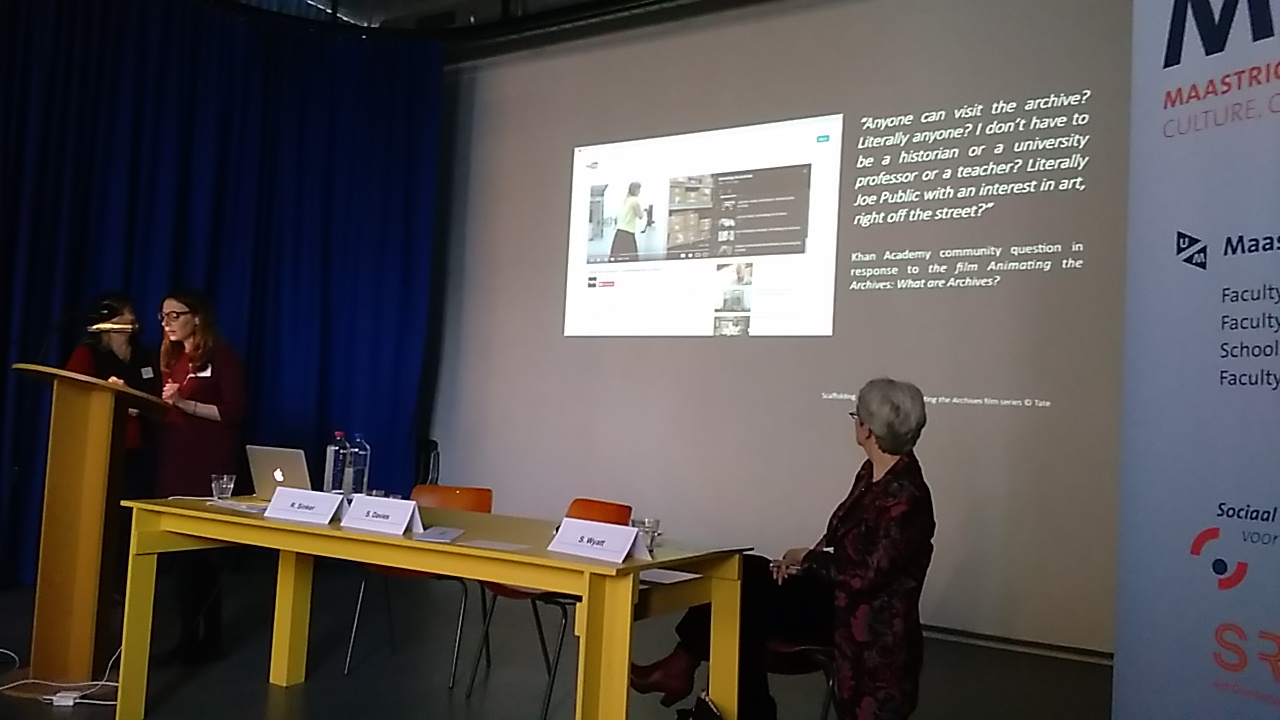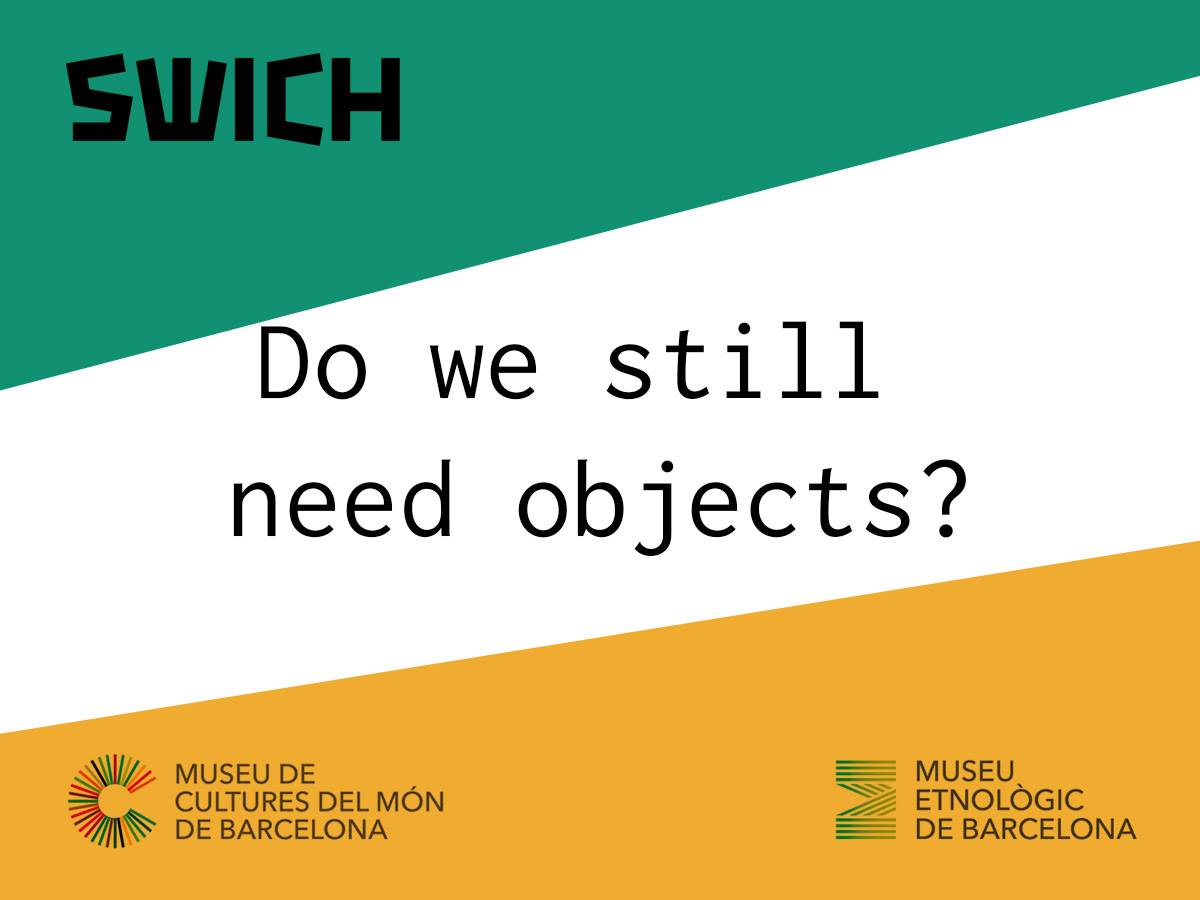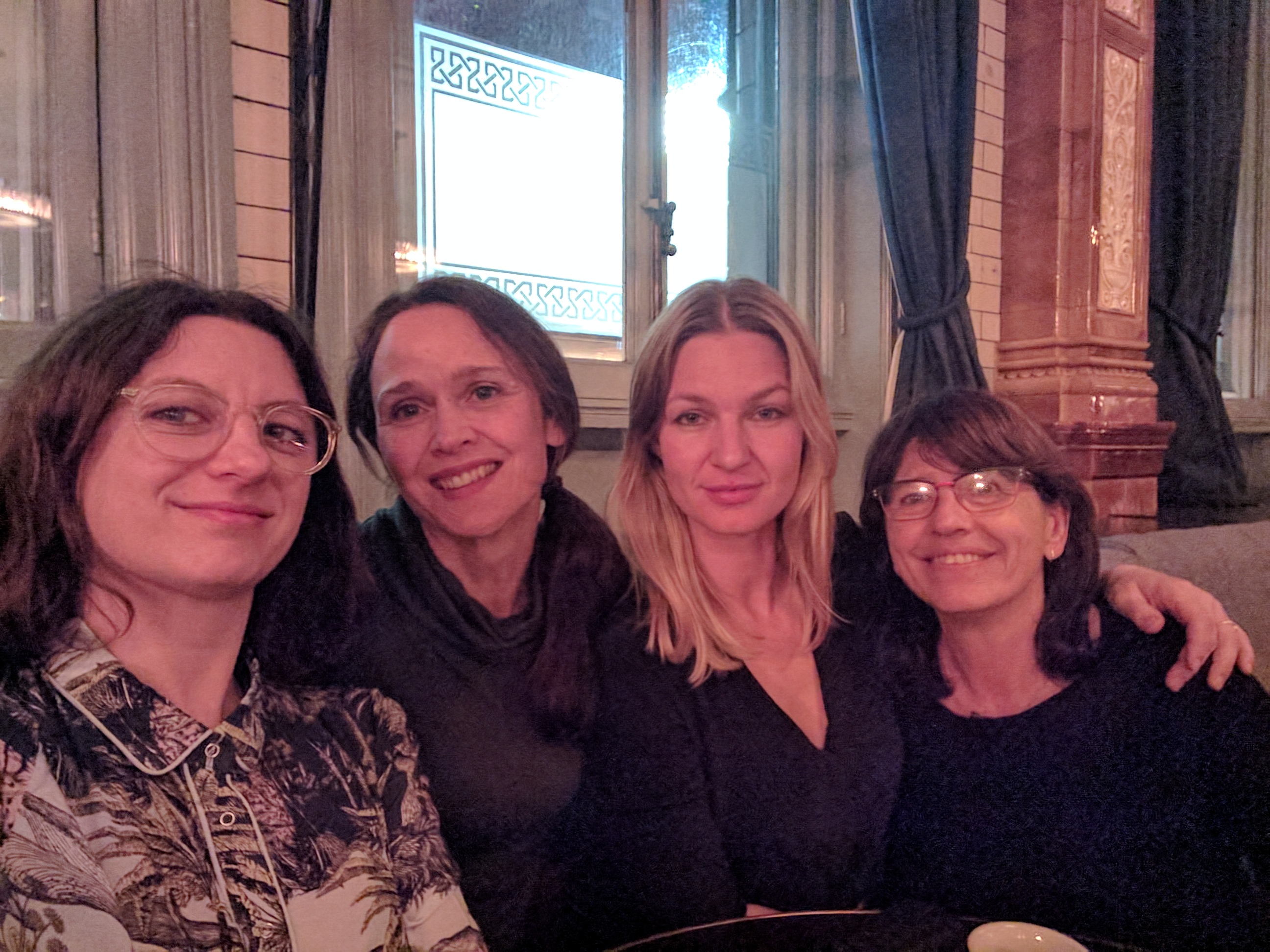Vanina Hofman participated in the “Participatory Practices in Arts and Heritage” conference that took place in Maastricht, on March 17 and 18, 2017.
She presented the paper The Harddisk Museum: co-archiving and performing digital arts heritage which aim was to contribute to the discussion on how creative preservation practices open new meanings for digital art heritage and caretaking. For doing so, together with Débora Lanzeni, she has unfolded how co-creation and social innovation occurs in the case-study, The Harddisk Museum, outlining two main concepts: co-archiving and performing.
Conferences’ goals:
In recent decades, ‘participation’ and related notions such as ‘community engagement’ and ‘co-creation’ have become increasingly commonplace in the vocabulary of policy makers, politicians, academics and practitioners. Building on Arnstein’s seminal ladder of participation (1969) continued efforts have been undertaken to create new frameworks for building participation in arts and heritage worlds – online and offline. Museum policies and practices tend to prioritise visitor engagement over the traditional focus on collecting and preservation (cf. Simon 2010, McSweeney and Kavanagh 2016). Similarly, heritage worlds see an upsurge in participatory governance models favouring the expertise of local communities rather than that of trained professionals (cf. Waterton and Watson 2013, Schofield 2015). Yet, although new forms of audience and community engagement as well as models for ‘co-creation’ are flourishing, the development of ethical frameworks, the jurisdiction concerning intellectual property rights, and theoretical reflection and critical assessment are lagging behind.
This conference aims to fill this gap by offering a critical space to scrutinize participatory practices and their economic and legal frameworks. How can art and heritage worlds learn from participatory practices and reflection in other domains? What are good practices for public participation? What are the pitfalls and limitations of participatory development? How can we understand and respond to the seductive claims of participation as an instrument for social innovation and related – often naïve – assumptions of radical shifts in power relations? (Cooke and Kothari 2001)
This event is a collaboration between MACCH, the research centre Autonomy and the Public Sphere in the Arts, Zuyd University of Applied Sciences and the Jan van Eyck Academie. The conference is supported by Universiteitsfonds Limburg/SWOL.






